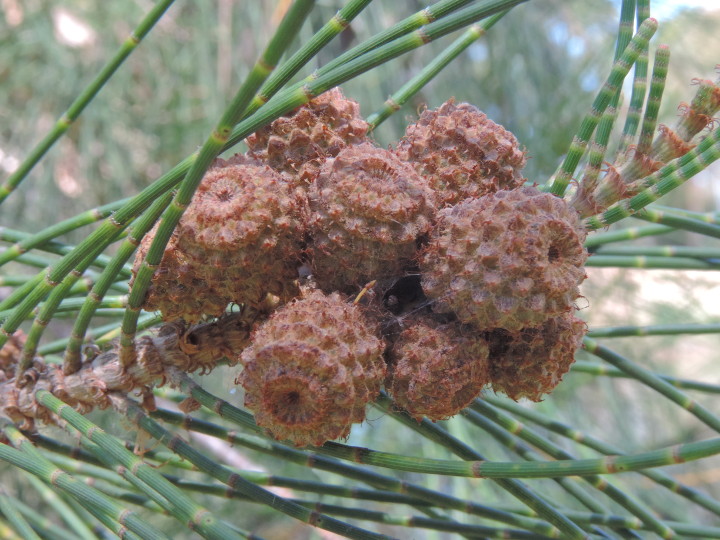Australia is currently experiencing a Hepatitis A scare, with so far 9 people thought to have contracted the disease from contaminated frozen berries sourced from China and Chile. This has prompted Martyn Kirk, Convener, Master of Philosophy in Applied Epidemiology at Australian National University to write the following article explaining how berries can become contaminated and what to do:
theconversation.com/scary-b...
Of concern is that "Symptoms appear between 15 and 50 days after exposure to the virus, which makes it difficult to identify possible sources." Also because Hepatitis A is caused by a virus, it is hard to treat. One news source mentioned vaccination helping patients get over the infection, but if you have CLL, that may not work that well for you.
Here's a newspaper article on what's been happening:
indaily.com.au/news/2015/02...
Given Australia has the right climate to grow these berries, yet sources them from countries with lower labour costs, I've no doubt that your local supermarket may well contain berries sourced from the same countries, even if you can grow them locally. I actually quite enjoy frozen berries and had just finished a pack from the company in question. Thankfully the best before date was prior to those mentioned, but it does make you feel uneasy if you've eaten a questionable product and won't know for nearly 2 months if you're OK. Given we do grow fresh berries locally, I wrongly assumed that frozen berries would also be grown here - I hadn't checked the pack.
Let's hope that the problem is restricted to supplies provided for the Australian market...
Neil
Photo: Casuarina (Sheoak) seed cones
